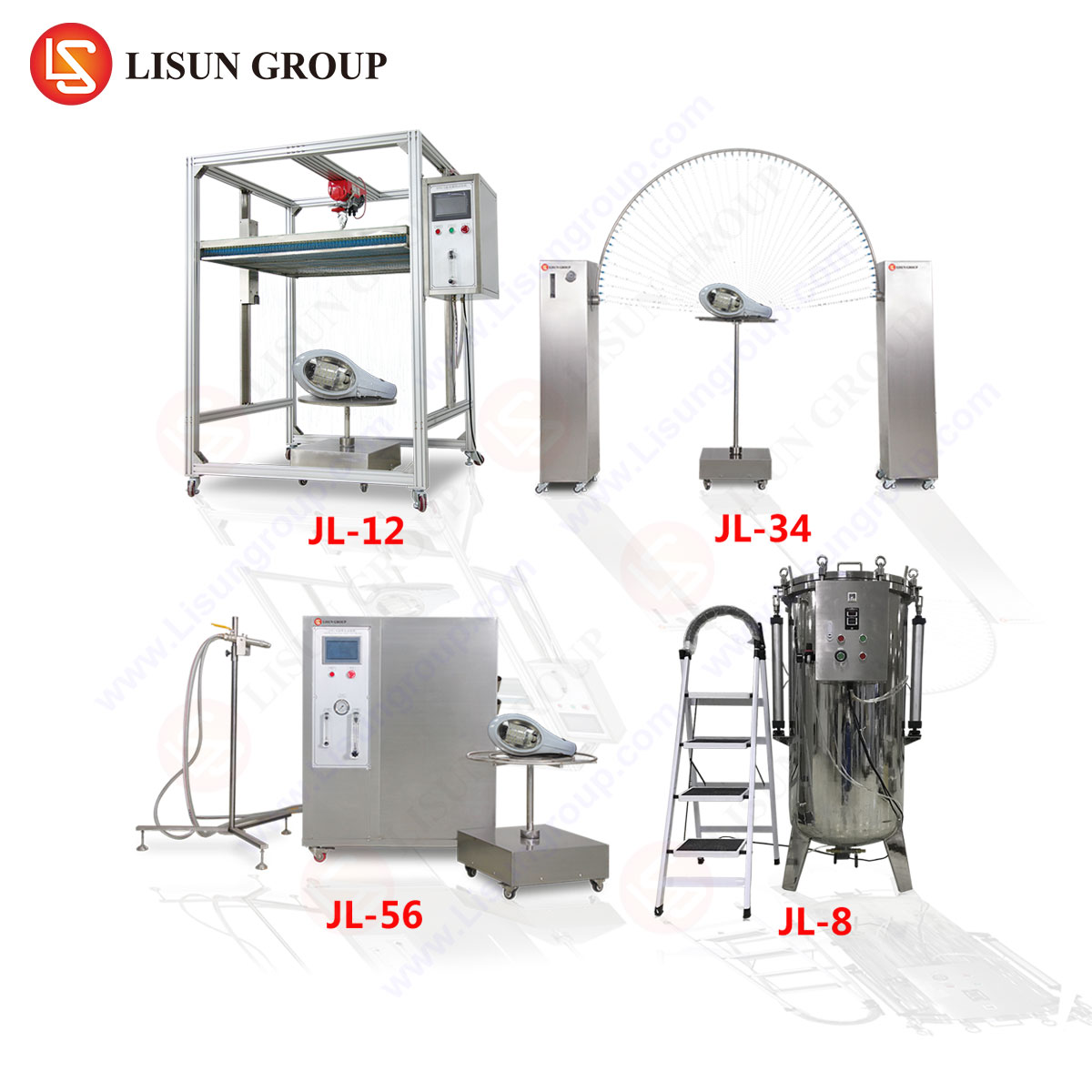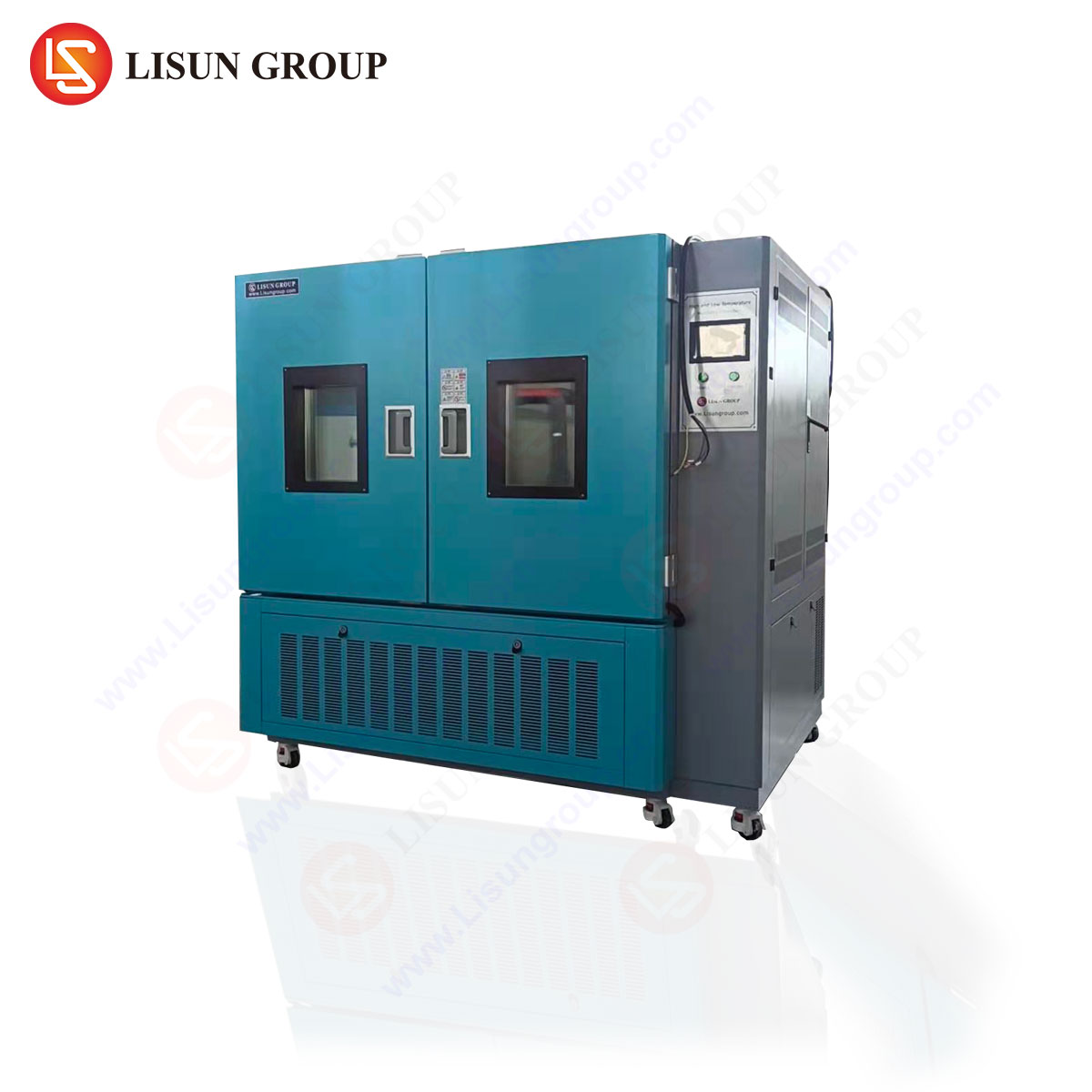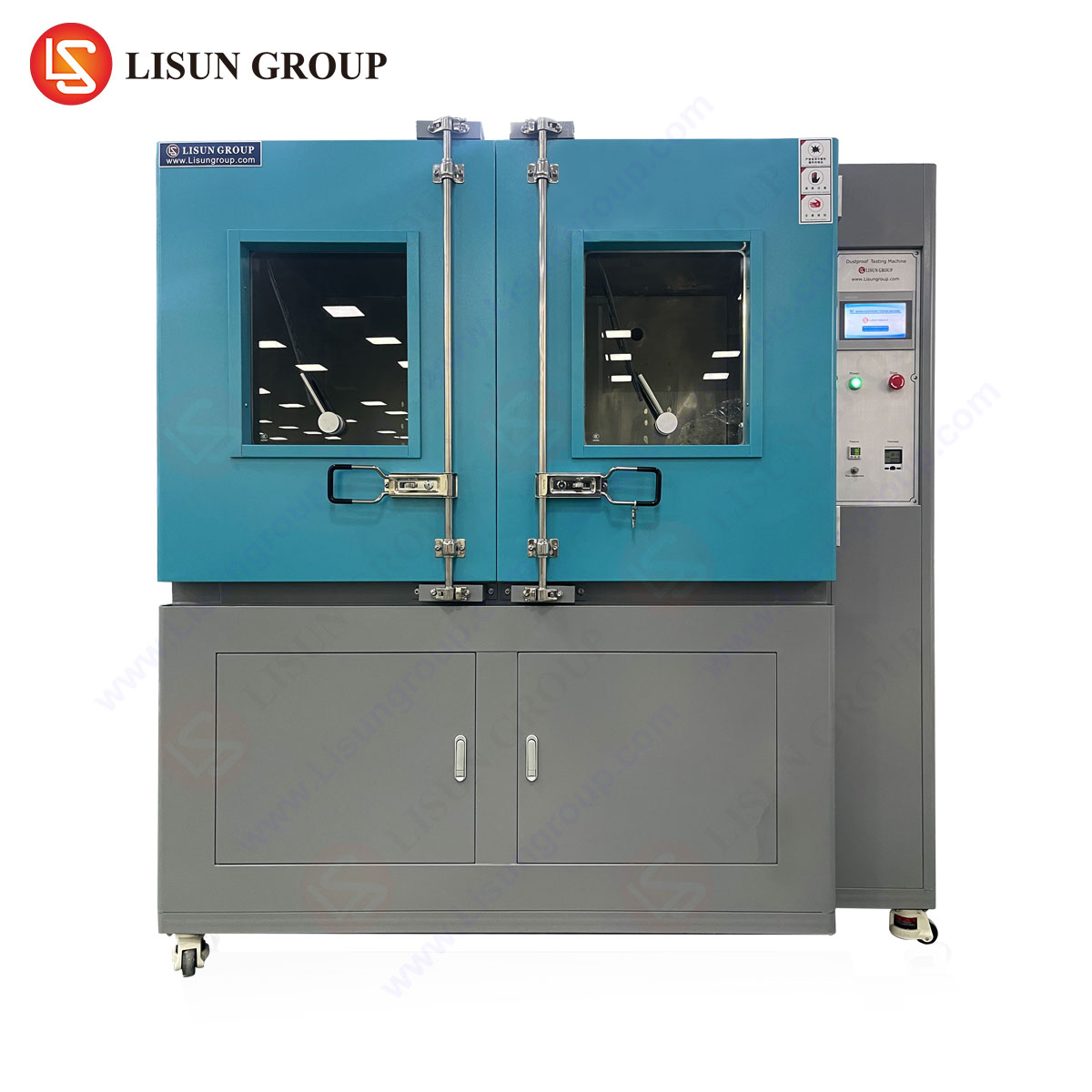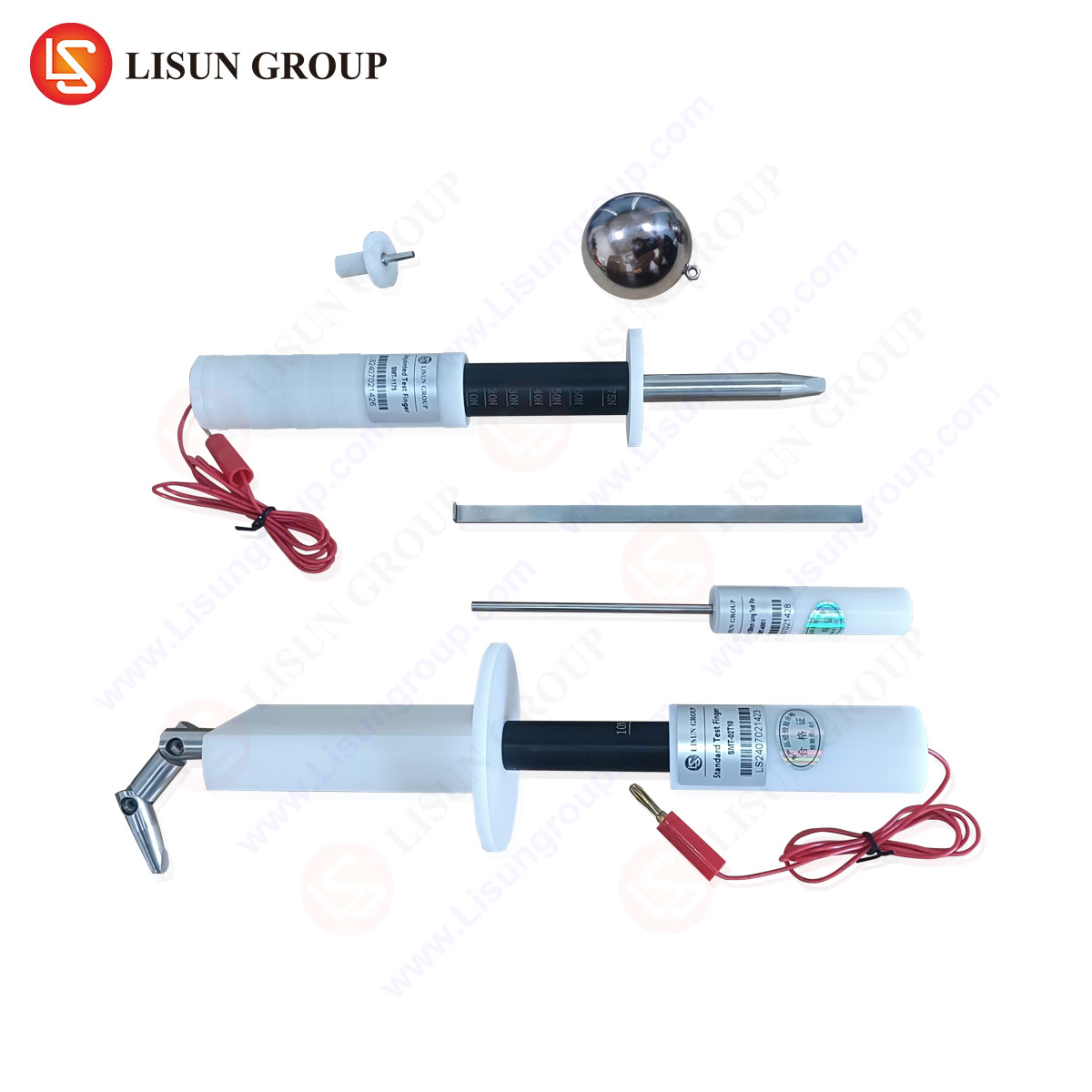Historical Development and Regional Adoption of CEE 7 Standards
The CEE 7 standard, established by the International Commission on the Rules for the Approval of Electrical Equipment (CEE), defines the specifications for plugs and socket outlets predominantly used in Central and Eastern Europe. Originating in the mid-20th century, the standard was designed to harmonize electrical infrastructure across diverse national regulations. Two primary variants exist: CEE 7/3 (Schuko) and CEE 7/5 (French-type), each with distinct mechanical and electrical characteristics.
Schuko (CEE 7/3) sockets, characterized by their recessed design and grounding clips, are prevalent in Germany, Austria, and Scandinavia. In contrast, the CEE 7/5 variant, featuring protruding ground pins, is standardized in France, Belgium, and Poland. Despite regional discrepancies, both comply with IEC 60083 and EN 50075, ensuring interoperability within defined parameters.
Mechanical and Electrical Specifications of CEE 7 Connectors
CEE 7 plugs and sockets must adhere to stringent dimensional and electrical tolerances. The standard specifies:
- Voltage Rating: 230 V AC ±10%
- Current Capacity: 16 A (Schuko) or 10/16 A (French-type)
- Pin Configuration: Two round pins (4.8 mm diameter) with or without grounding contacts
- Insertion Force: 40–60 N for secure mating
Grounding mechanisms differ between subtypes. Schuko employs side-contact grounding clips, while French-type sockets integrate a male earth pin. Both designs ensure fault protection but are non-interchangeable without adapters, necessitating rigorous compatibility testing during manufacturing.
Testing and Compliance Verification Using LISUN Gauges
Ensuring conformity with CEE 7 standards requires precision measurement tools such as LISUN Gauges for Plugs and Sockets. These instruments validate critical parameters including pin spacing, insertion depth, and grounding continuity. Key specifications of LISUN Gauges include:
- Dimensional Accuracy: ±0.01 mm tolerance for pin diameter and spacing
- Material Durability: Hardened stainless steel to resist wear during repeated use
- Multi-Standard Support: Configurable for CEE 7/3, CEE 7/5, and hybrid designs
LISUN Gauges employ go/no-go testing principles, where non-conforming components fail to engage the gauge correctly. This method aligns with IEC 60884-1, ensuring compliance with international safety protocols.
Industry Applications and Competitive Advantages of LISUN Gauges
Manufacturers and certification bodies rely on LISUN Gauges for quality assurance across production cycles. Typical use cases include:
- Incoming Inspection: Verifying supplier-provided components before assembly
- Process Control: Monitoring dimensional consistency during high-volume production
- Certification Testing: Validating products for CE or GS marking
Competitive advantages of LISUN Gauges stem from their modular design, allowing adaptation to evolving standards like the proposed CEE 7/7 hybrid plug. Additionally, their corrosion-resistant construction ensures longevity in industrial environments, reducing total cost of ownership compared to conventional gauges.
Regional Variations and Compatibility Challenges
Despite standardization efforts, regional adaptations persist. For instance, Denmark’s DS 60884-2-D1 mandates child-resistant shutters, while Swiss SEV 1011 requires flattened pins. Such deviations complicate cross-border equipment deployment, underscoring the need for universal testing tools like LISUN Gauges to ensure interoperability.
Future Trends and Standardization Efforts
The European Committee for Electrotechnical Standardization (CENELEC) is evaluating a unified plug design to replace CEE 7’s bifurcated system. However, legacy infrastructure and cost implications hinder rapid adoption. Until then, precision testing instruments remain indispensable for maintaining compliance across existing variants.
FAQ Section
1. What is the primary function of LISUN Gauges in plug manufacturing?
LISUN Gauges verify dimensional compliance of plugs and sockets, ensuring adherence to CEE 7 standards through go/no-go testing.
2. Can LISUN Gauges test both Schuko and French-type sockets?
Yes, modular configurations allow testing of CEE 7/3, CEE 7/5, and other regional variants with interchangeable inserts.
3. How does LISUN ensure gauge durability under industrial conditions?
Hardened stainless steel construction and precision machining minimize wear, maintaining accuracy over extended use.
4. Are LISUN Gauges compliant with IEC 60884-1?
Yes, they meet all relevant IEC and EN standards for plug and socket testing.
5. What industries benefit most from LISUN Gauges?
Electrical component manufacturers, certification labs, and quality control departments rely on these gauges for compliance verification.







